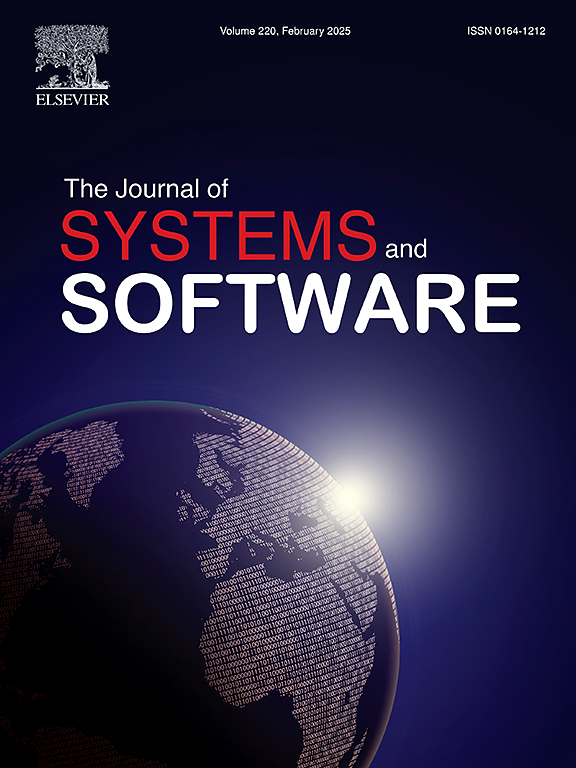Runtime defect prediction of industrial business processes: A focused look at real-life SAP systems
IF 3.7
2区 计算机科学
Q1 COMPUTER SCIENCE, SOFTWARE ENGINEERING
引用次数: 0
Abstract
Business process operations are the dominant logic underpinning most of the service-based applications currently in use. Situated in the field of SAP business processes — commonly referred to as iFlows — and their integration, this paper looks into the defectiveness of such flows with a Machine-Learning approach. We propose to cluster and classify at runtime the Integration Flows of business processes during their orchestration; we do so by using metrics extracted from the Integration of 400+ complex business interaction and service orchestration Flows along with their metadata. Through a combined ensemble-based, clustering, and supervised learning exercise, we conclude that an AI-based approach for runtime defect prediction of iFlows shows considerable promise in providing actionable insights for better orchestration intelligence, especially in sight of self-aware business processes of the future.
工业业务流程的运行时缺陷预测:关注现实生活中的SAP系统
业务流程操作是支撑当前使用的大多数基于服务的应用程序的主要逻辑。本文位于SAP业务流程(通常称为ifflows)及其集成领域,用机器学习方法研究了此类流程的缺陷。我们建议在业务流程编排的运行时对集成流进行集群和分类;我们通过使用从400多个复杂业务交互和服务编排流及其元数据的集成中提取的指标来实现这一点。通过结合基于集成、聚类和监督的学习练习,我们得出结论,用于流运行时缺陷预测的基于ai的方法在为更好的编排智能提供可操作的见解方面显示出相当大的希望,特别是在展望未来的自我意识业务流程方面。
本文章由计算机程序翻译,如有差异,请以英文原文为准。
求助全文
约1分钟内获得全文
求助全文
来源期刊

Journal of Systems and Software
工程技术-计算机:理论方法
CiteScore
8.60
自引率
5.70%
发文量
193
审稿时长
16 weeks
期刊介绍:
The Journal of Systems and Software publishes papers covering all aspects of software engineering and related hardware-software-systems issues. All articles should include a validation of the idea presented, e.g. through case studies, experiments, or systematic comparisons with other approaches already in practice. Topics of interest include, but are not limited to:
•Methods and tools for, and empirical studies on, software requirements, design, architecture, verification and validation, maintenance and evolution
•Agile, model-driven, service-oriented, open source and global software development
•Approaches for mobile, multiprocessing, real-time, distributed, cloud-based, dependable and virtualized systems
•Human factors and management concerns of software development
•Data management and big data issues of software systems
•Metrics and evaluation, data mining of software development resources
•Business and economic aspects of software development processes
The journal welcomes state-of-the-art surveys and reports of practical experience for all of these topics.
 求助内容:
求助内容: 应助结果提醒方式:
应助结果提醒方式:


